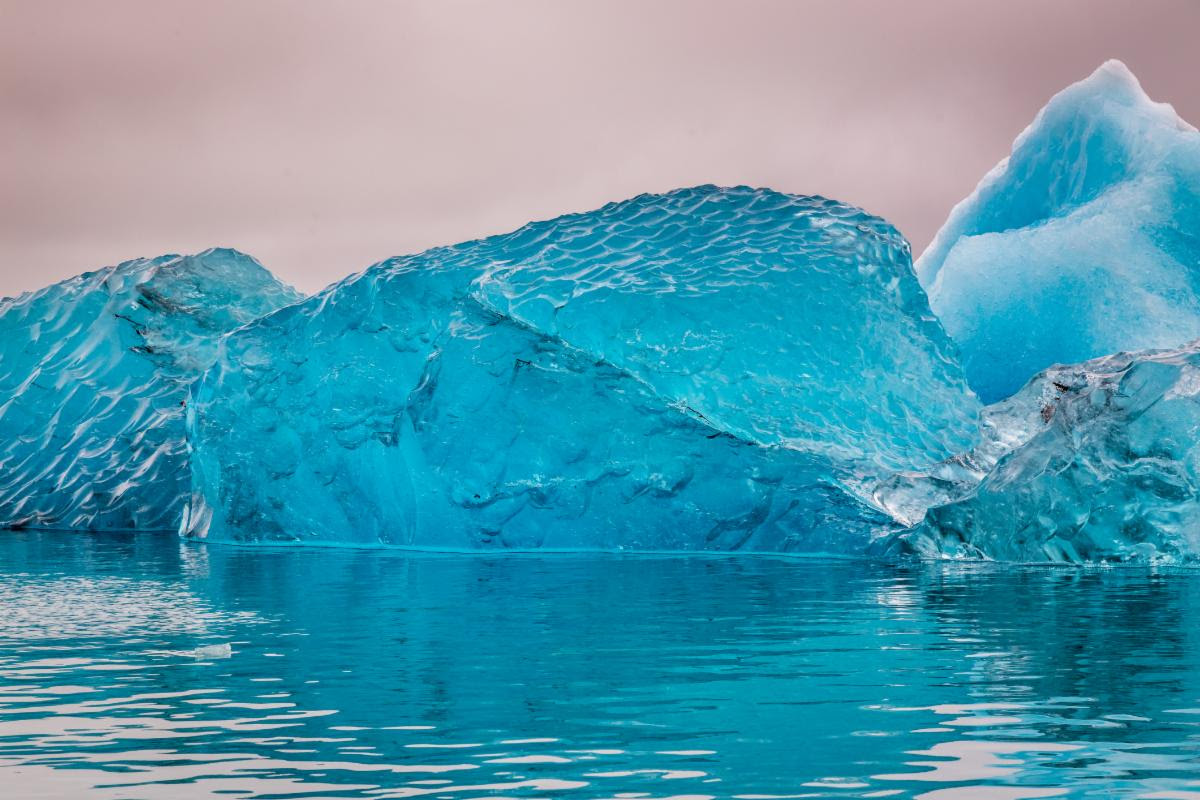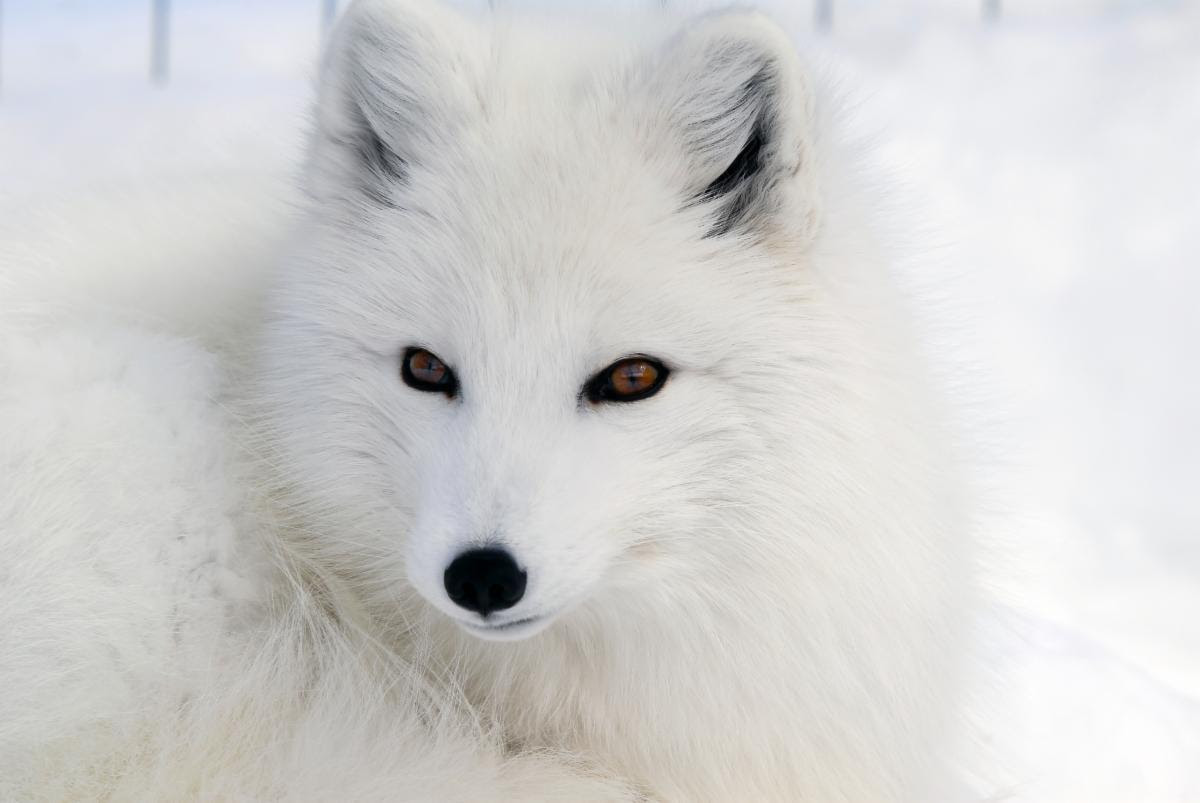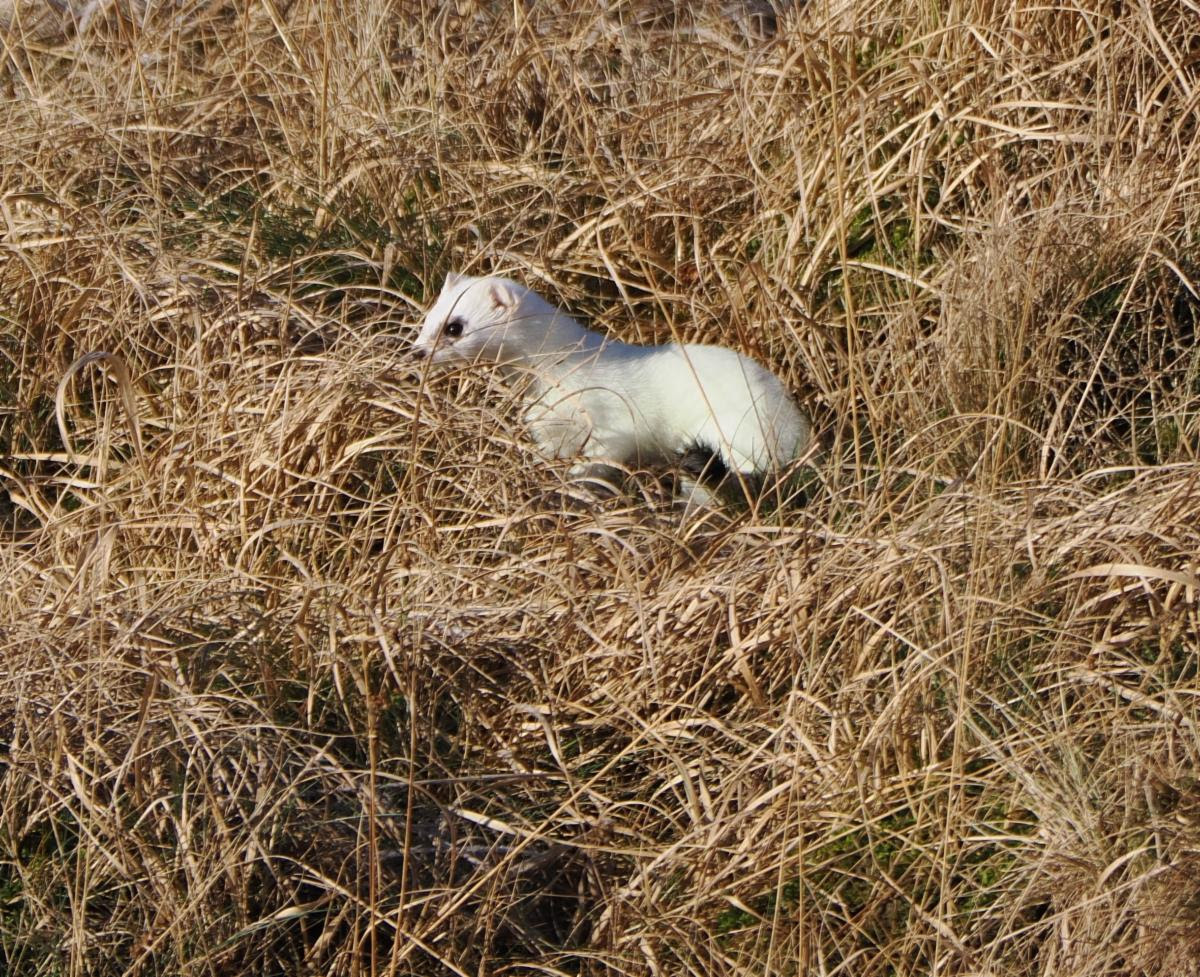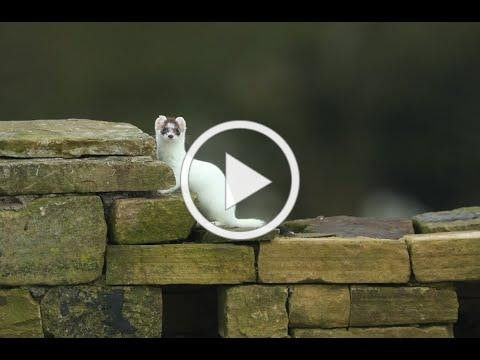
Unlocking Hidden Strength – Flipping the Iceberg and Resilience
March 6, 2025Up Close and Personal with Mitch Rawlyk, Farmer & Earth Systems Scientist, mitch.earth (Episode 29)
March 11, 2025Tapping into nature's wisdom for a WinWinWin!
Issue 26
A WinWinWin for our world!
Thank you for voting!!
These awards are a testament to our passion for sharing inspiring insights about learning from nature—empowering our listeners to become more resilient, connected, and caring toward themselves, each other, and our natural world.
A heartfelt thank you to our incredible guests for sharing your insights and stories, bringing depth and inspiration to every episode.
Huge appreciation to my amazing producer, Kai, for your creativity and dedication in making each episode shine.
And to our wonderful listeners—thank you for tuning in, engaging, and spreading the message of resilience. This journey wouldn’t be the same without you!.
Explore how nature's most adaptable species can inspire you to overcome challenges, lead with purpose, and create lasting change in yourself, your organization, and your community. Resilience isn't just about bouncing back-it's about evolving, learning, and thriving in the face of adversity.

Photo by Shaiith: A recently flipped iceberg, revealing its brilliant blue underside.
Episode 28 is Live!
Unlocking Hidden Strength - Flipping the Iceberg!
Most of an iceberg—about 90%—remains hidden beneath the waterline, unseen and unrecognized.
Until one day, it flips.
Icebergs don’t flip for no reason. Some shift gradually over time as currents and temperature changes reshape them. Others reach a tipping point suddenly, when the forces acting on them make it impossible to stay as they were.
Sometimes, change happens to us. Other times, we choose it. Either way, what’s hidden beneath the surface is eventually revealed.
The entire structure shifts, exposing a part of itself that has been buried for decades, centuries… maybe even thousands of years. The ice, once compressed in total darkness, emerges into the light—a brilliant, almost otherworldly blue.
It’s breathtaking. It’s raw. And it was always there.
In this week’s Resilience Gone Wild episode, we explore what happens when the unseen becomes visible—in nature and in ourselves.
Because, just like icebergs, we carry depths that go unnoticed. We hold experiences, strengths, emotions, and untapped potential beneath the surface—sometimes for years. And when life flips us upside down, suddenly, what was hidden is exposed.
Maybe it’s a major life transition, an unexpected challenge, or a realization that you’ve been playing small when you have so much more to offer.
That moment—the flip—can feel unsettling. But what if it’s not something to fear? What if it’s your moment of transformation?
In this episode, I take you through a simple but powerful activity to help you uncover the hidden strengths and resilience beneath your own surface.
Even if you don’t listen to the full episode, this could change how you see yourself. But if you do? You’ll walk away with a tool to bring more of your hidden brilliance into the light.
It’s one of my favorite resilience metaphors yet—and to make it even more immersive, my incredible producer Kai, a musician, wove stunning guitar solos throughout the episode, capturing the energy of these massive, breathtaking shifts.
Most people never see the brilliant blue depths of an iceberg. And most of us never fully embrace the depth we carry within ourselves.
This episode is an invitation—to recognize the unseen magnificence within you.
What do you think? Drop a comment or reply to this email—I’d love to hear what this idea sparks for you.
Check out this amazing video of icebergs flipping!!

My Nature's Wisdom Moment of the Week!
During a recent visit to Palm Beach, I was drawn to the renowned kapok tree adjacent to the Flagler Museum. This majestic tree, planted in 1892 by the garden supervisor of Henry Flagler's Royal Poinciana Hotel, stands as a testament to the area's rich history and commitment to preserving its natural heritage.
Approaching the tree, I was struck by its grandeur and couldn't help but notice how its massive trunk and sprawling branches bore a resemblance to an elephant. The texture of the bark, with its unique patterns, evoked images of an elephant's rugged skin, while the sturdy, buttressed roots seemed to mimic the legs and trunk of this gentle giant (zoom in and you might see and feel what I did). This visual connection highlighted not only the tree's strength and resilience but also its gentle presence—a silent guardian of the past, offering inspiration for future generations.
Standing before this living monument, I was reminded of the profound ways nature intertwines with our history and imagination, encouraging us to find strength and inspiration in its endurance.
Have you ever encountered a natural landmark that evoked a strong connection to history or sparked your imagination, leading you to reflect on its significance and the lessons it imparts?
Coming Next Week...
Up Close and Personal with Mitch Rawlyk and Elena Kazamia
Next week, Resilience Gone Wild brings you two thought-provoking Up Close & Personal episodes that dive into resilience in unexpected places—from the frozen tundra to the skies above the Pyrenees.
Earth Systems Scientist Mitch Rawlyk joins me to talk about beating ecoanxiety and regenerative farming in the tundra of northern Canada. How do you stay hopeful and take action when the scale of environmental challenges feels overwhelming? And what does it take to rebuild soil and grow food in one of the world’s most extreme landscapes?
Journalist Elena Kazamia shares the fascinating world of citizen science and the annual migration of marmalade hoverflies across the Pyrenees—the biggest biomass migration on earth! How can everyday people contribute to groundbreaking ecological research? And what can a tiny insect’s journey teach us about resilience, movement, and interconnectedness?
These conversations take us beyond the obvious, exploring hidden resilience in nature and what we can learn from it. Stay tuned—these are episodes you won’t want to miss!
ID 124517520 @ Edwin Butter | Dreamstime.com
ID 124517520 @ Edwin Butter | Dreamstime.com
Winter Warriors Series: Nature's Masters of Resilience
The Science of Winter Camouflage – and What It Teaches Us About Intentional Adaptation
Imagine waking up one morning to find your entire environment transformed.
The landscape you’ve always known is now covered in snow, and unless you adapt quickly, you will stand out—completely exposed to every predator around you.
For some animals, this isn’t a nightmare scenario—it’s just another season.
Nature’s Masters of Adaptation
Species like the ermine (stoat), arctic fox, snowshoe hare, willow ptarmigan, and Siberian hamster have evolved an extraordinary ability to change color with the seasons. As winter approaches, their fur or feathers shift from brown to white, blending seamlessly into the snowy landscape.
This transformation isn’t random—it’s a precision-timed adaptation triggered by environmental cues.
- Melatonin & Photoperiod Sensitivity – As daylight decreases, the pineal gland detects the change, triggering melatonin shifts that signal fur or feather color transition.
- Gene Expression & Molting Cycles – Specific genes turn off pigmentation, reducing melanin production and allowing a white winter coat to emerge.
- More Than Just Color—A Complete Structural Shift – Their winter fur isn’t just white—it’s thicker, denser, and more insulating, helping them conserve body heat. Some, like the Arctic fox, even grow fur on their footpads to survive extreme cold.
For the ermine, this transformation takes three to five weeks. The brown fur is replaced by longer, thicker white hair—except for the black tip on its tail, a feature that remains year-round. In spring, the process reverses, turning the ermine brown again to match the thawing earth.

An Arctic fox in its brilliant winter coat—nature’s perfect example of resilience through adaptation. Photo by Alain.
This incredible seasonal shift is a masterclass in resilience.
- It’s a lesson in preparation—these animals don’t wait for winter to arrive before they start changing. They anticipate change and adapt accordingly.
- It’s a lesson in alignment—they don’t resist the shifting landscape; they become part of it.
- It’s a lesson in survival—not through brute force, but through strategic transformation.
How Can We Apply This to Our Own Lives?
Unlike these animals, we don’t automatically change to fit our environment—we get to choose how we adapt.
- Are you anticipating the changes ahead and preparing for them?
- Are you blending into your surroundings in a way that serves you—or are you stuck in an old version of yourself?
- Are you resisting change, or are you stepping into it with purpose?
Resilience isn’t about staying the same. It’s about adapting on purpose.
The stoat doesn’t choose its transformation—it happens automatically. We, however, have the ability to change intentionally.
We can align with the seasons of our lives, shifting when needed while still staying true to who we are.
We can embrace change rather than fearing it.
And we can support the natural cycles that sustain us all.
When Adaptation Becomes a Challenge
For thousands of years, this seasonal transformation has been a perfect survival strategy—until now.
As winters become shorter and snowfall less predictable, animals like the stoat and snowshoe hare are facing a dangerous mismatch.
Their coats turn white… but the ground stays brown.
- Instead of blending in, they stand out to predators—a target in a world they were once invisible in.
- What was once a survival advantage is now a liability.
- Climate change isn’t just altering landscapes—it’s disrupting deeply ingrained survival strategies.
Some species may adapt over time, but evolution moves slowly. These animals don’t have centuries to adjust—they need snow now.
This is yet another reminder that the natural world is not separate from us. Our actions impact ecosystems in ways we’re only beginning to understand.
The resilience lesson here? Pay attention. Just as we must adapt to change, we must also protect the natural cycles that sustain life.

A white ermine in brown grass, no longer camouflaged against the changing world. Photo by Rodshelf43
Help Shape the Future of Resilience Gone Wild!
This quick survey about the podcast and newsletter lets us know what’s working, what could improve, and what you’d love to see more of.
Thank you for being part of this wild journey!
Reach Out!
Love hearing from you! Keep those emails coming! Love your comments, powerful stories of how nature's resilience has inspired you and others, ideas for upcoming podcasts and newsletters,... whatever is on your mind.
Let's start a conversation!
And, let's chat about how we can work together to get you, your team and/or your organization to WinWinWin and into a WinWinWin mindset!
Email me at Jessica@WinWinWinMindset.com
Check out my website WinWinWinMindset.com








